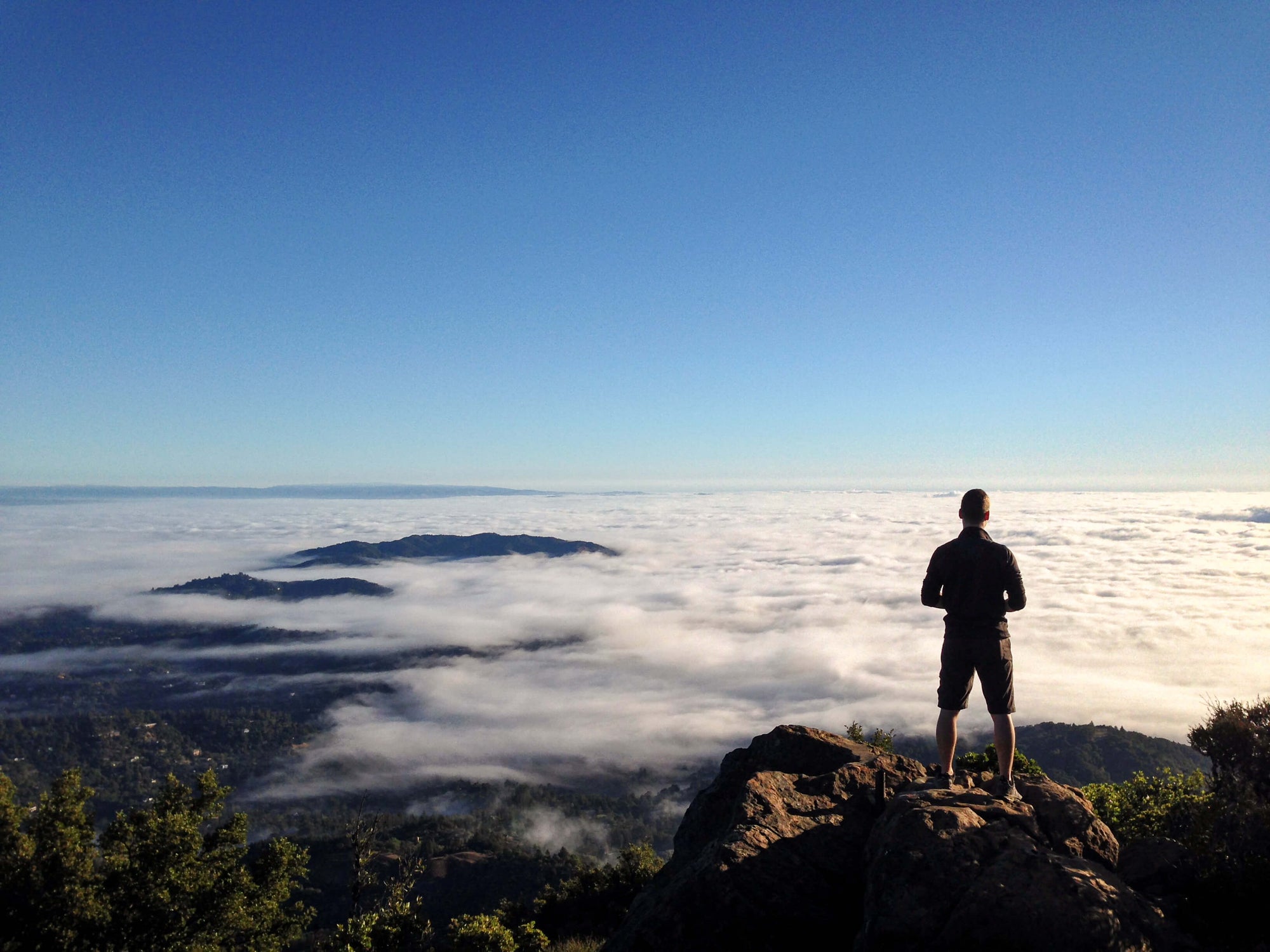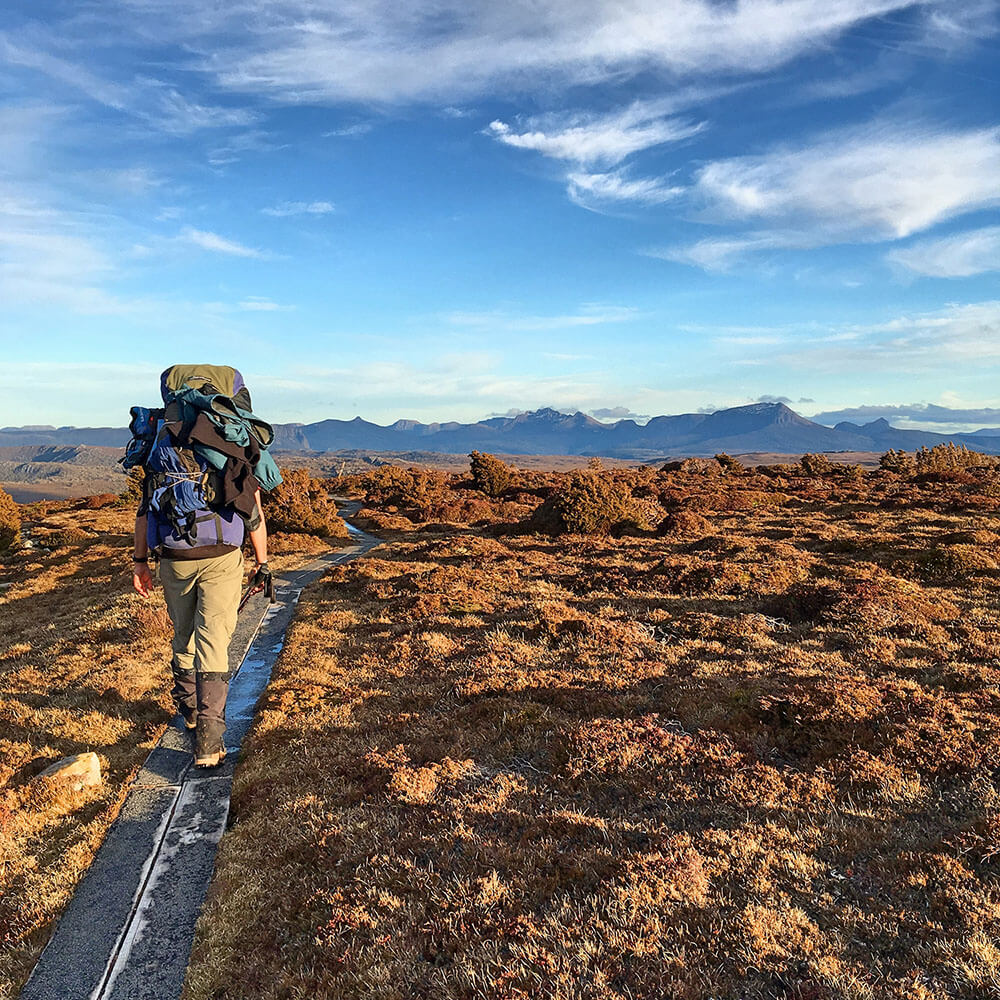Autumn
The sun is shining and the sky is cool
Suitable for hiking, climbing, camping and other outdoor sports
Among them, hiking is a very good choice
It can not only exercise the body
It is also a good way to relax and relieve mental stress
But hiking is a very delicate outdoor sport
Not everyone is suitable for hiking
And not everyone knows how to hike properly
People who are not suitable for autumn hiking
1. People with diseases in the legs and waist. Such as arthritis, osteoarthrosis, lumbar disc protrusion and osteoporosis.
2. People with coronary heart disease. When hiking and climbing, physical exertion is high, blood circulation is accelerated and the body burden is increased, which can easily induce angina pectoris and myocardial infarction.
3. Patients with vertigo. Prone to fall.
4. People with high blood pressure (more than 180mmHg), people with very high blood sugar (more than 16.7mmol/1.300mg).
5. People with septic disease or untreated trauma.
These five types of people are not suitable to go out outdoors for hiking sports, and can go out for outdoor sports, must use the correct way to hike, some people not only do not know how to hike correctly, but in the hike to develop a disease, which is a compromise and a loss.
Long-term hiking the wrong way can lead to disease

Ken Mattson, a fitness expert specializing in walking in Cambridge, England, said, "For example, many hikers walk wobbly and bumpy. There are also hikers who like to shake their hands dramatically, and although these may seem like small things, they can add up over time and leave you with dark hiking injuries."
Mistake 1: Poor Posture
The two most common posture mistakes that hikers make when walking include: lowering the head, or raising the head too high causing the body to lean back. Both of these postures can cause the body to lose its balance and put excessive pressure on the muscles under the back, which may strain and cause pain.
In addition, hunched over, out of the small abdomen are also walking the wrong posture. Many people often hunch over when walking, long-term, easy to shoulder and neck pain, and will be set for a long time, and even hunchback situation will become more serious; and for those who wish to exercise through the health of the slim body, walking, not with the action of the belly, may be half the effort.
Correction: Do not look up or down, look ahead, keep your neck and body in a straight line. And make sure your shoulders are relaxed. Normally, you should cultivate the habit of narrowing your belly.
Mistake 2: the body is too saggy
Throwing your arms too far, taking too big a step and stomping your feet on the ground are all common signs of a loose body in walking. Hikers who walk against the norm will not only affect their speed, but may also trigger shin inflammation and soreness.
Correction: Keep your arms close to your body; too much energy is wasted by swinging your arms too far. The ideal arm swing pattern is to keep the arms bent at 90 degrees and the elbows close to the body, swinging forward and backward.
At the same time, both feet should take a uniform stride and maintain a normal distance, too big or too small stride will affect the speed.
The way to measure normal stride length is simple: straighten one of your legs, heel close to the ground but not on the ground, and then lean forward, when the front foot heel landing position, is your normal situation of reasonable stride length. As for the landing should be a little lighter, heavy stepping will only waste the energy that should have been forward.
Mistake 3: Route repetition
Every walker knows that the more fun the workout, the better, but experts point out that many walkers are too lazy to plan their routes. "Many walkers don't want to plan a good route to keep the walk interesting; they always take the same path and then feel dull themselves."
Correction: change the scene, take a different path, and occasionally try climbing a hill. Try variable speed during the walk, such as walking at breakneck speed for 30 seconds and then relaxing for 90 seconds; or walk longer distances, which can further challenge a hiker's fitness, but experts recommend that it's only appropriate to increase the distance walked by up to 5 percent each week. And, occasionally, you should take a day or two off to avoid overworking.
Mistake 4: carrying too much stuff

Cell phones, notepads, water bottles ...... Some walkers carry large bags, the things they thought they would use desperately stuffed inside, in fact, carrying too heavy things, knees carry too much weight, prone to injury.
Correction: It is best to carry both hands empty, topped with water, a towel to wipe sweat and a hat for sun protection. Also, the shoulder backpack is better than the shoulder bag, because the shoulders are evenly stressed, more will not tilt.
Mistake 5: Starting or stopping immediately without stretching
Without warming up or stretching exercises to start, easy to strain the muscles; walking suddenly stopped, the blood does not return to the head, easy dizziness.
Correction: If the venue is suitable, you can first stretch and stretch, so that the muscle relaxation and ease. Can also start slowly, first spend 5 minutes walking, will increase blood flow to your leg muscles, to achieve the warm-up effect, and then incremental speed. Near the end of the station, also give yourself 5 minutes to slowly slow down the speed, do not stop immediately.
Mistake 6: Not measuring up
Beginners or people who have not exercised for a long time, often neglect to consider their own physical strength and physical condition, the goal is set too high, but cause a burden.
Correction: It is recommended to start with a 15-minute walk every day, at least 5 days a week, the second week onwards, increase to 20 minutes, and gradually accumulate into the habit of walking more than 30 minutes a day. Doctors reminded, "walking" is not blindly walk, to have a scientific approach, must be in a relatively flat surface, gradually start training, according to the body's response the next day, to find the right intensity.
Hiking the wrong way for a long time can bring you disease, while hiking the right way will allow you to release stress, truly relax and reap the health benefits of perseverance. Here are 7 tips on hiking that you should definitely keep in mind.
7 hiking tips to make your workout more effective
1. Be well prepared
Before you start hiking, do a good job of preparing for the activity. Including stretching, so that the joints, muscles, ligaments, etc. to get a good warm-up. You can also use both fingers to rub the edge under the knee to promote the secretion of joint lubrication night.
2. Minimize the weight
Be sure to walk according to your ability before you leave. Even to hike a small mountain, walking time of more than 4 hours is also very normal. In general, the weight of more than 1/4 of the weight, down the mountain from the point of view of protecting the knees to control the pace, even in special circumstances, the weight should not try to exceed 1/3 of the weight.
3. always adjust the pace
Some people in the hike will not adjust the pace, reduce the center of gravity resulting in hiking injury fatigue; large steps, the knee does not get effective activity, lactic acid accumulation will cause too much soreness, fatigue. Small, slow steps can effectively reduce the accumulation of lactic acid, and more active knees can allow lactic acid to be released quickly. Most of the reasons for easy fatigue is to walk on flat ground across large steps, speed up to walk.
4. Wear shoes suitable for hiking and climbing
Remember that generally soft land, grass, gravel slopes, snow are relatively friendly to the knees, but always pay attention to anti-slip. Also, when walking on gravel roads, you must take care of the people walking below you, otherwise you will be too much of a grandson.
5. do not "lock joints"
When the thighs are overworked, when hiking will unconsciously lock joints, is to stretch the legs straight, which can reduce the burden on the thigh muscles, temporarily relax the muscles, but it is easy to cause knee strain, knee impact injury, ankle strain and ankle sprain.
6. pay attention to identify the direction
Pay attention to the obvious natural signs you pass by at all times. Such as rivers, lakes, rock walls, hills with characteristic shapes, etc., so that if you get lost, you can find your way back according to these obvious signs. Most of the areas we hike in have local people, so you can also judge the size of the trail or whether there are signs of regular walking. If you are hiking a route that used to be a hot spot, you can pay attention to whether there are some trail markers left by the first hikers on the way.
7. Grasp the concept of time
When hiking, it is a good idea to bring a watch so that you have a clear idea of the time and how far you have to go. There is a certain pattern of sunset time in every region, so you can ask the locals about the sunset time in the region and find a campsite or prepare for a rest according to the time.
Hiking against the norm
Not only does it affect the speed and distance of the hike
and can lead to shin inflammation and soreness
Several mistakes that hikers may make when walking
You must hike the right way in the future
Use your feet to measure the place you want to reach
And find a better version of yourself on foot


